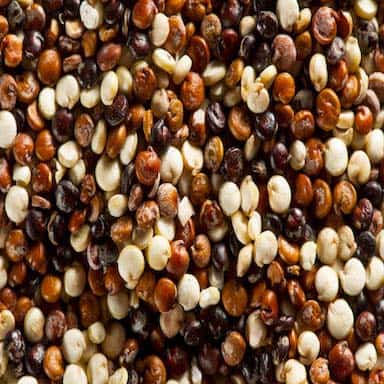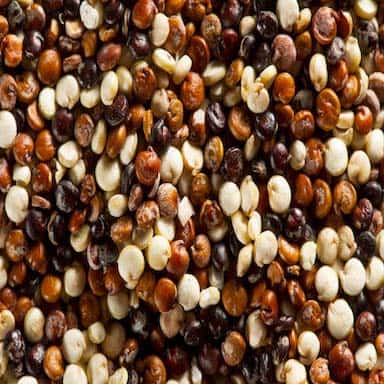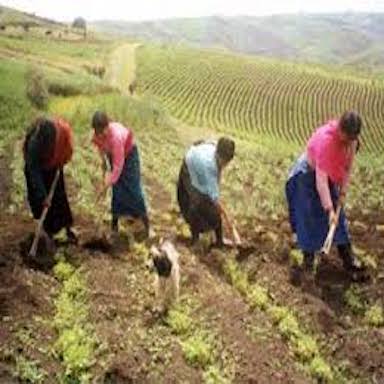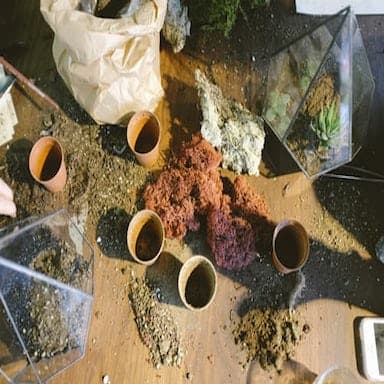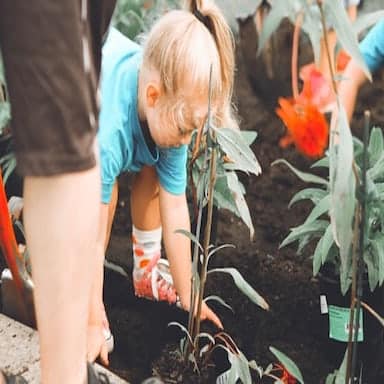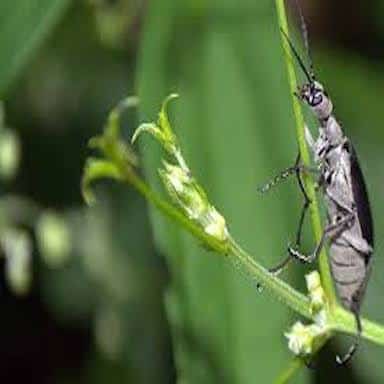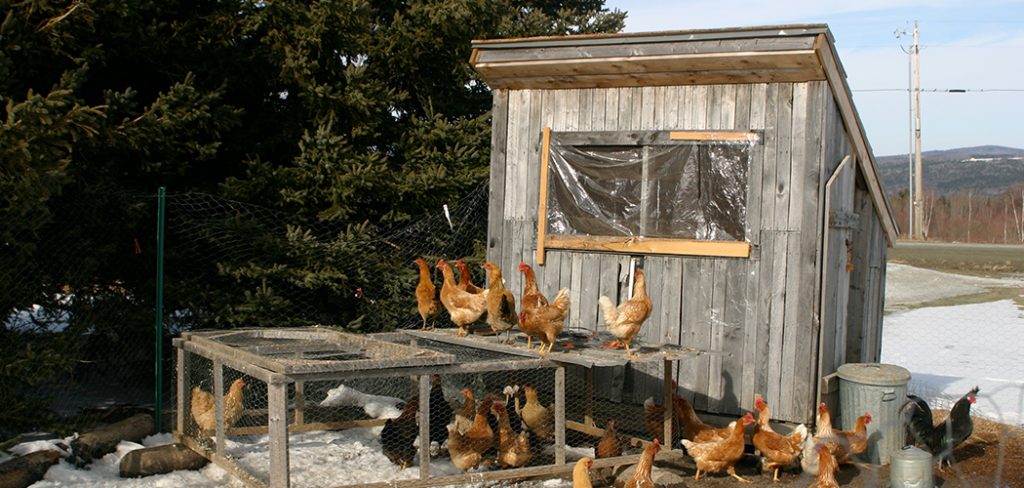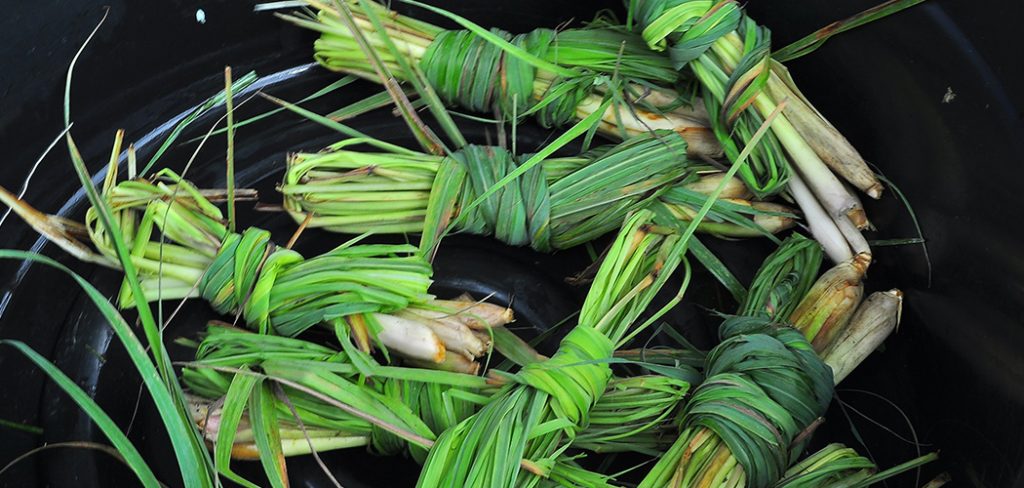Quinoa in culinary is a whole grain, but actually, it is a seed. It is a seed from weed-like plant goosefoot, related to spinach and beets. It is widely recognized as ancient grains. For people in Andes, thousands of years ago, Quinoa is a staple food for diet while the Incas call it the mother of all the grains. It is an excellent substitute for other types of grains. Currently, it is well- known as a superfood because of the health benefits that it gives. It contains all nine essential amino acids. Because Quinoa is a super nutritious food, you will learn more about how to grow quinoa in your backyard.
Selecting the variety of Quinoa
Quinoa has thousands of varieties, and most of these are wild. They are being used for recipes and medicines. In fact, some farmers can grow more than 80 varieties of quinoa. The most common types are white or golden, red, and black quinoa.
The white or golden quinoa is the most famous of quinoa plant because it has a mild taste. You can also cook it in just a few minutes. Both the red and black quinoa add beautiful color to the dish. They are also nuttier than the golden quinoa, but all these types taste good.
Planting the Quinoa variety that you Pick
You can use the quinoa that you purchase from the store if the seeds are unwashed nor prewashed. Remember that polished clean quinoa will no longer grow. Quinoa seeds can be planted by directly sowing it to the soil.
Dig the soil and loosen it before planting. You can also put a compost to make sure that your soil is rich. Plant the seeds in a quarter or less inch deep between 10 to 14 inches away from each other. After four to 10 days, the seeds will start to sprout.
Growing Condition for Quinoa
Quinoa requires full sun, but the temperature should not go over 90°F. So the ideal soil temperature should be around 60°F to 75°F for the seeds to germinate. The pH level of the soil must be between 6 and 7.5. Also, the soil must be well-drained and loamy.
Caring for Quinoa
Taking care of Quinoa may become more demanding at first, but you can easily manage it as it grows. At first, you need to be diligently weeding the garden, but you need to be extra careful in doing so because lamb quarters – a weed variety, look similar to baby quinoa.
Quinoa grows slowly at first, but when it reaches a foot height, it will rapidly grow. Quinoa thrives in a dry condition, so it is resistant to drought but remember to water your quinoa if it gets dry.
Pests and Diseases in Quinoa Garden
Quinoa leaves may become prone to insects like flea beetles and aphids. You should make sure to deter these types of pests by using natural methods.
Snails, leaf-eating caterpillars, and slugs can come to the garden to eat the quinoa leaves, so pick them off. There may also be some diseases that may arise, such as Downy mildew, spot fungi, and stalk rot.
May this guide on how to do your Quinoa helps you explore planting this crop. You can check my article on sustainable backyard farming and other DIY’s.


